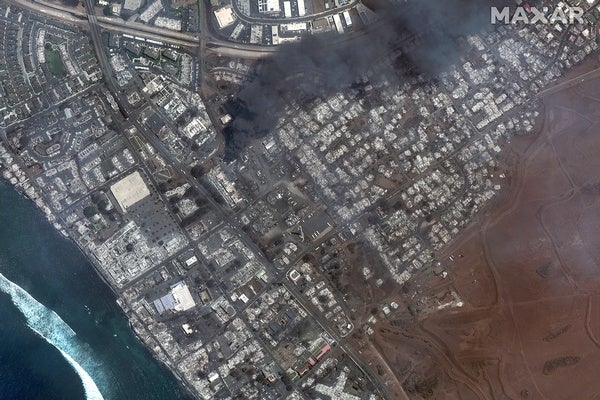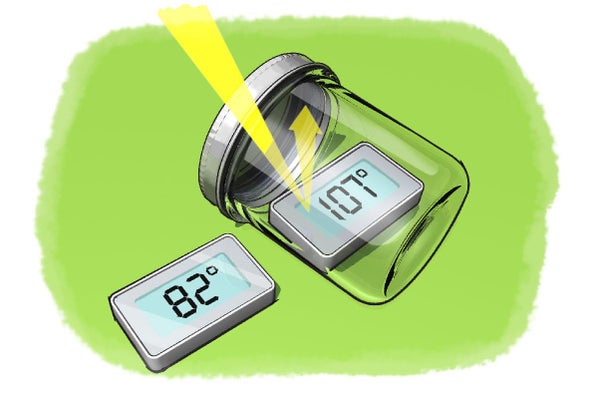 |
| August 11, 2023 |
 |
| Natural Disasters What Caused Maui's Devastating Wildfires? Dry conditions and strong winds set the stage for the disastrous wildfires that tore through the historic town of Lahaina and other areas of Hawaii By Andrea Thompson | |
| |
| |
| Sleep Are Naps Good for You? Here's the science on whether naps have short- and long-term benefits for your health | | | | |
| |
| |
| |
| |
| |
| |
| |
| |
BRING SCIENCE HOME
 | | Heating with the Greenhouse Effect |  Capture energy from the sun: Learn how you can use physics to quickly heat up this activity! Credit: George Retseck | Have you ever thought about where the vegetables you eat are coming from when it is too cold to grow them outside? They might have been shipped from a different country to your town—or they may have been grown locally in a greenhouse. Greenhouses are large houselike structures that are usually made mostly of glass (or clear plastic). How can they protect plants from the cold? In this activity you will find out—and create some extra heat from the sun. | |  | |
LATEST ISSUES
 |
| |
| Questions? Comments?  | |
| Download the Scientific American App |
| |
| |



